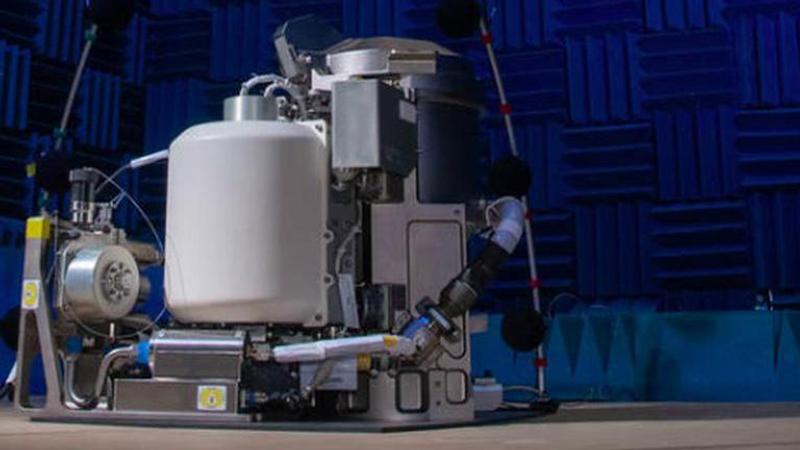Published 15:31 IST, September 26th 2020
NASA’s $23 MN toilet with improved efficiency for space missions is all set for launch
The new space toilet for the ISS features a 65% smaller and 40% lighter build than the current space station toilet, NASA said in a press release

On September 25, NASA announced the launch of its new space toilet worth $23 million for the future Martian or missions to the moon. In an official press release, the space agency said that it was setting up a Universal Waste Management System (UWMS) on the International Space Station (ISS) by September 29 on the Northrop Grumman's 14th contract resupply mission. Additionally, NASA revealed that it will install one more UWMS unit for astronauts that go on a 10-day mission on the moon to the Orion aboard the Artemis II flight test.
“How do astronauts go to the bathroom in space? The most basic human biological processes become challenging off-planet due in part to the lack of gravity,” NASA wrote in the press release.
The space agency designed the unit in a way that it can be easily installed in the spacecraft and life support systems. UWMS’s regenerative system will recycle the pre-treated urine into the water for further use, or could simply be stored for disposal during the shorter missions, such as the Artemis II. The UWMS’s units were fitted with improved space station water system and advanced integration that was capable of filtering and processing the urinated liquid into pure drinkable water.
“The toilet was designed to address astronaut feedback about comfort and ease of use. It also features a 65% smaller and 40% lighter build than the current space station toilet,” NASA said in the release.
NASA astronaut Jessica Meir said that the agency’s toilet system could, in fact, recycle about 90 percent of all water-based liquids on the space station by imitation the elements of Earth’s natural water cycle. Further, the new toilet system UWMS launch was important to avoid the transportation of the supplemental water from Earth. And hence the regenerative life support system on ISS was extremely essential for the astronauts. These systems might not be required for the shorter lunar mission, however, the roundtrip missions to Mars, that take about 2 years, need the UWMS units, she informed. Expedition 63 astronauts Chris Cassidy and Ivan Vagner would carry out the space toilet's delivery.
[A NASA team member demonstrates lifting the urine hose out from its cradled position like a crew member would for use. Credit: NASA]
[For privacy, the toilet is located inside a stall, just like in a public restroom on Earth. The dual-stall configuration has already been installed on the space station and will house the Waste Hygiene Compartment. Credit: NASA]
“UWMS includes foot restraints and handholds for astronauts to keep themselves from floating away. Everyone positions themselves differently while “going,” and consistent astronaut feedback indicated that the traditional thigh straps were a hassle,” NASA informed.
'Corrosion-resistant' and ergonomic design
In space, due to the absence of gravity, the UWMS’ automatic control would initiate the airflow when the toilet lid is lifted which will pull urine and feces into the fitted receptacles. The airflow would also help control the odor, and its ergonomic design wouldn’t require the cleaning or excessive maintenance. According to NASA, the UWMS are “corrosion-resistant, durable parts to reduce the likelihood of maintenance outside of the set schedule.” The crew would be able to use the funnel and hose for urination and the seat and funnel simultaneous usage was open to the female astronaut's feedback. A 3D-printed titanium dual-fan separator on the units was designed by the Collins Aerospace to control the airflow.
(Image Credit: NASA)
Updated 15:31 IST, September 26th 2020






